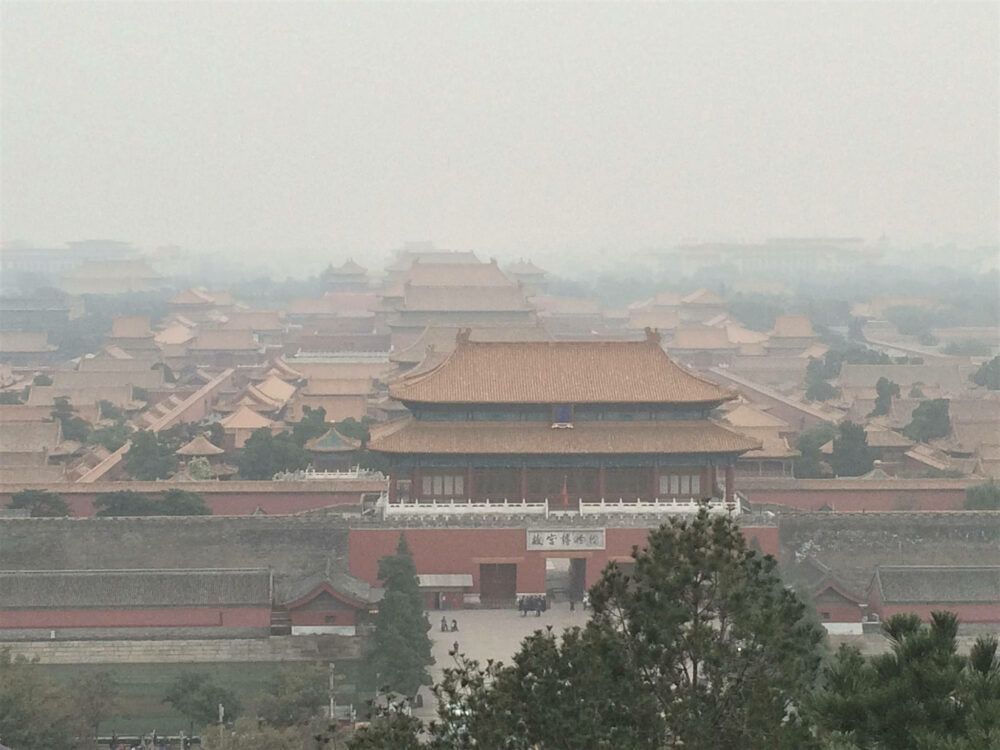GENEVA (AN) — Tobacco's stigma has a new rival — air pollution — as the World Health Organization called attention to 7 million deaths a year that it said are the result of simply breathing.
As much as 91% of the world's population breathes unhealthy air, WHO said in explaining why it convened its first global conference on air pollution and health this week to find effective remedies. WHO's Director-General Tedros Adhanom Ghebreyesus called air pollution the "new tobacco," a reference to cancer-causing chemicals and other harmful effects on public health.








